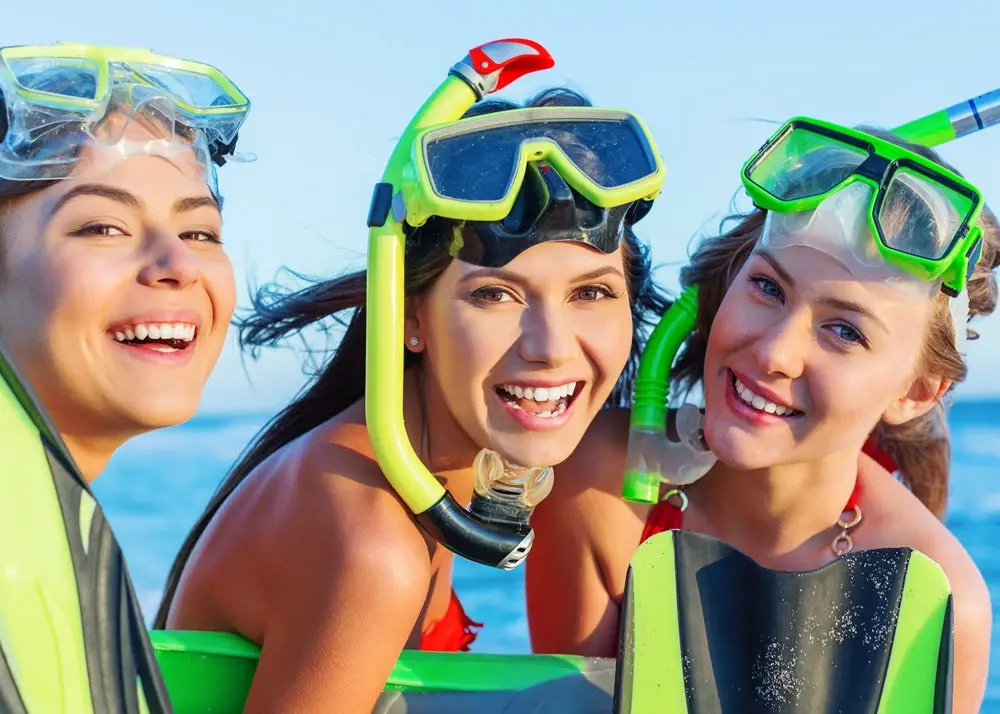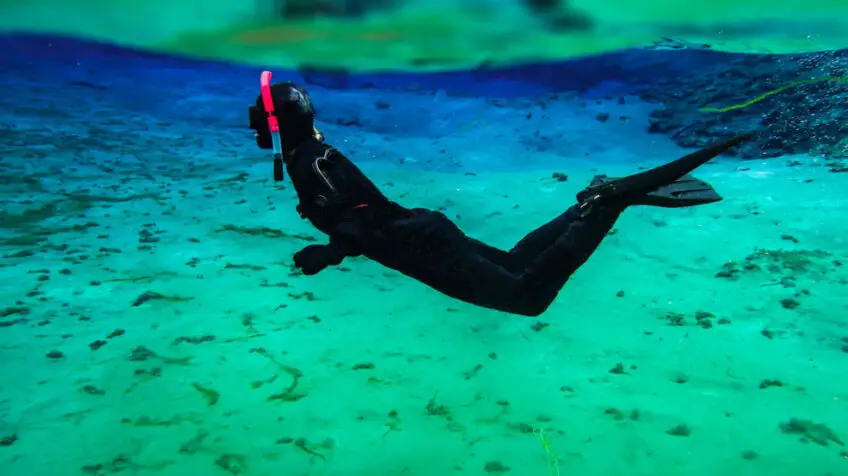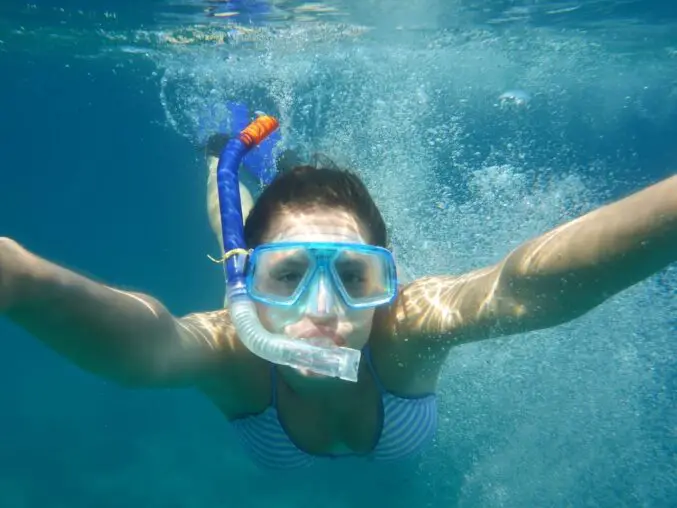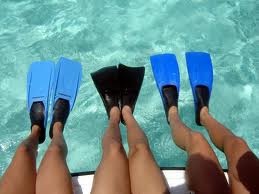
Snorkeling, an exhilarating activity offering a glimpse of the underwater paradise, traces its roots back to ancient civilizations. Legends suggest that our ancestors took inspiration from the majestic elephant, observing its unique ability to breathe underwater using its elongated trunk.
Fast forward a few millennia and snorkeling has significantly evolved. From rudimentary tubes to the technologically advanced snorkels of today, the innovation has been astounding. Today, snorkeling isn’t just about a simple tube but involves intricate designs like the dry top snorkels, which claim to offer a “water-free” snorkeling experience. But are these claims watertight or is there a hidden undertow of danger?
Understanding Dry Snorkels

The shift from the traditional J-snorkel to the modern dry snorkel has brought about a significant transformation in the world of snorkeling, especially for those just starting. However, it’s natural to have some questions. Can a snorkel that claims to keep water out also impact the ease of breathing? To uncover this mystery, let’s take a closer look at the inner workings of a dry snorkel.
First, it’s essential to acquaint ourselves with the key components of a dry snorkel:
The Float Valve
This is a critical part that distinguishes a dry snorkel from a semi-dry one. Positioned at the top, it consists of a buoyant ball beneath a sealing flap. When you dive underwater, this ball rises and effectively seals the tube’s opening, preventing water from entering. As you resurface, gravity steps in, pulling the ball downward, which in turn reopens the snorkel, allowing air to flow in.
The Splash Guard
This component serves a simple yet vital purpose – it deflects splashes and waves, keeping water away from the snorkel’s opening.
The Purge Valve
Another crucial element, the purge valve, helps clear any water that might find its way into the snorkel. It’s a straightforward but effective solution to prevent any unwanted water from interfering with your breathing.
The ultimate goal of a dry snorkel is to eliminate the possibility of accidentally swallowing water, a common concern, especially for newcomers to snorkeling. With these mechanisms in place, beginners can confidently explore underwater worlds, knowing that their snorkel is designed to keep them dry while ensuring a steady supply of fresh air.
The Hidden Risks Below the Surface
Now, when you look at dry snorkels on paper, they seem like a dream come true. However, like all equipment, they aren’t foolproof and can sometimes malfunction. Picture this scenario: you’re joyfully snorkeling, you take a quick dive underwater, and as you come back up, you naturally expect a fresh breath of air. But, unexpectedly, there’s no airflow. The float valve, which should have opened, has jammed, sealing the snorkel shut.
Incidents like these can be quite alarming, especially for newcomers to snorkeling. While experienced snorkelers might handle such situations with composure, beginners might understandably react with panic, which can escalate the risks involved.
What’s more, there are times when the float valve doesn’t do its job correctly, failing to seal properly. This unfortunate situation essentially turns your supposedly “dry” snorkel into a not-so-dry one, resulting in an unwanted mouthful of salty seawater.
And let’s be honest, nobody wants their marine adventure to be seasoned with a taste of seawater! These issues highlight the importance of both understanding your equipment and staying vigilant while snorkeling to ensure a safe and enjoyable experience beneath the waves.
Full-Face Snorkel Masks: A Breath of Fresh Air or a Choking Hazard?

Did you know that many full-face snorkel masks come with a built-in dry snorkel? This combination offers both advantages and disadvantages that have sparked considerable debate. One of the primary concerns surrounding these masks is their safety, specifically regarding the potential buildup of carbon dioxide (CO2).
Prolonged exposure to elevated levels of CO2 can lead to symptoms like dizziness or, in extreme cases, unconsciousness. It’s crucial to understand that this issue isn’t exclusive to full-face masks; even traditional snorkels can retain CO2 if the user doesn’t breathe deeply or exhale forcefully.
The incorporation of a dry snorkel in full-face masks has indeed transformed the snorkeling experience by providing a broader field of vision and more natural breathing through the nose and mouth. However, it’s essential to weigh these benefits against the potential risks associated with CO2 buildup.
Responsible snorkeling practices, regardless of the type of mask used, involve taking regular breaks, staying aware of your breathing, and ensuring proper ventilation to mitigate any risks associated with CO2 retention. By understanding the mechanics of these masks and adhering to safe snorkeling practices, you can enjoy the underwater world without compromising your well-being.
Conclusion
Every piece of equipment has its advantages and pitfalls. Dry snorkels undoubtedly offer a comfortable and primarily dry experience to many users. However, for those who’ve had a malfunction disrupt their snorkeling adventure, the equipment’s reliability comes into question.
If you’re contemplating whether to opt for a dry snorkel, assess your comfort and experience levels. Traditional J-snorkels might be more suitable for specific activities like freediving or spearfishing. Remember, safety comes first!
In the vast expanse of the ocean, snorkeling offers a unique perspective. Whether you choose a dry snorkel or its traditional counterpart, the essential part is to immerse yourself in the experience, always prioritizing safety. After all, the ocean’s allure is in its mystery and beauty, not its dangers.









